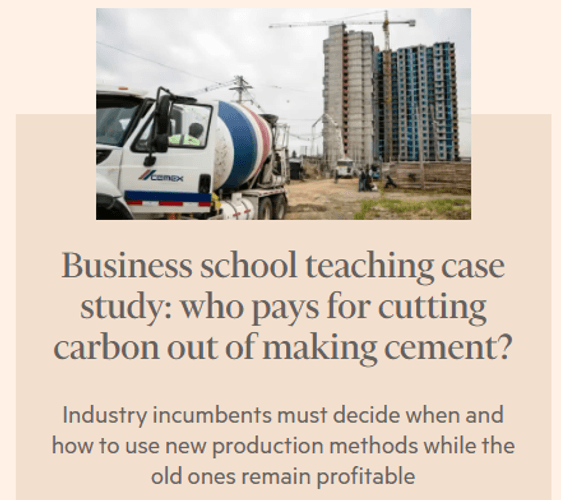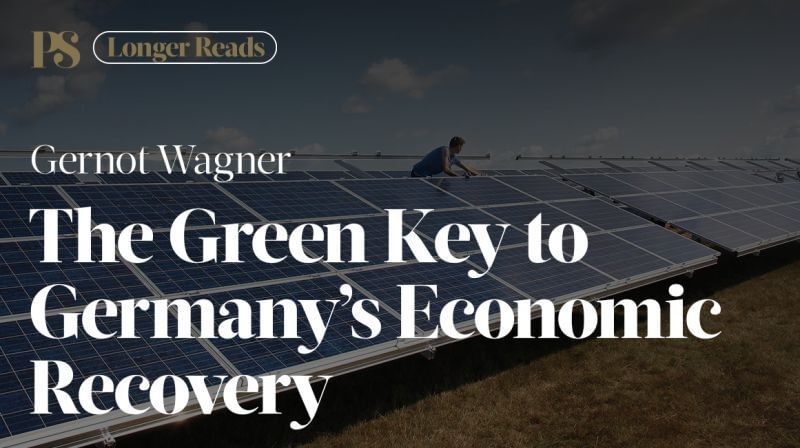New Statesman: "The trillion-dollar question"
By Sarah Dawood

Conversely, tackling climate change is a central part of Joe Biden’s policymaking, and he has committed hundreds of billions towards clean energy, electric vehicles, and defences for extreme weather. “Now we have an administration in place that puts climate front and centre and very much wants to do the right thing,” says the climate economist Gernot Wagner. “We are passing policies now after a four-year drought.”
In 2020, international funding and attention was also inevitably diverted towards the pandemic, putting many climate projects on hold. The $100bn target had already been missed by this point but Covid-19 certainly stagnated plans further. Wagner says that climate change merits a similar “emergency” funding approach, given its severity.
However, there was a “shift” in Glasgow from talking about the “billions” to the “trillions”, he says. The $100bn figure is a starting point rather than the end goal, says Wagner – public funds would never be enough to tackle climate change, and the $100bn should be used productively to “mobilise” much greater private investment. “It’s a good focal point but a small number in the grand scheme of things,” he says. “It’s just a down payment.”
There are other clever ways to generate private investment, says economist Wagner. One mechanism is the “auctioning” of limited public funds to the highest bidder. Private companies submit ideas of how they would use the money and the company with the “biggest bang for their buck” – highest emission reductions for the lowest cost – wins. “This ‘effective altruism’ can potentially leverage massive private funds with limited public money,” he says.
The $100bn goal is not an ultimate target, says the economist Wagner – there should be a focus on innovating to generate more money through private means. “Is being able to ‘declare success’ actually what we want to do?” he says. “More money is always better.”
Divvying up money is a difficult task and Wagner believes that there are three core considerations: the ability to leverage private funds rather than relying on public funding long term; the scale of public benefit, so how many lives and livelihoods will be saved; and whether it compensates for past sins, helping those most impacted by climate change. “There are three criteria of cost-effectiveness, efficacy and equity,” he says. “Sometimes projects capture two or three, but often they compete with each other.”
Quotes in: "The trillion-dollar question: Who will close the climate inequality gap?" by Sarah Dawood, The New Statesman (22 March 2022).


